For the past few years, while almost every industry in the country struggled to increase or even keep its profits stagnant, the home improvement industry has been soaring. During the global pandemic, many Americans spent their money on house refurbishments, both big and small.
But now, stores like Home Depot and Lowe’s are experiencing the side effects of the national recession, and executives are blaming housing costs, mortgage rates, and credit card debt for the downward spiral.
COVID-19 Changed Everyone’s Lives

When the COVID-19 pandemic took over the world as we knew it in 2020, millions upon millions of people were forced to stay in their homes for months.
Because the majority of Americans previously spent the majority of their days away from home, at work or running errands, this time inside changed things for them. They had more time, more money, and were noticing things around the house that they hadn’t seen before
The Home Improvement Industry Thrived During the COVID-19 Pandemic

This new reality led millions of Americans to start home improvement projects that they had either been putting off or didn’t even know they needed. And for all their home improvement needs, they used stores like Home Depot and Lowe’s.
Both stores offered home delivery on absolutely all of their products, meaning Americans didn’t even have to break protocol to spend money on DIY items.
Home Depot and Lowe’s Saw Incredible Growth in 2020

In 2019, before the pandemic, Home Depot reported $110.2 billion in net earnings. But in 2020, the company boasted a whopping 21% increase to reach $132.1 billion in sales.
Lowe’s, while much smaller than Home Depot, also did exceptionally well that year. In 2019, the company made $4.3 billion, whereas in 2020, it reported $5.8 billion in net earnings.
The Differences Between Home Depot and Lowe’s
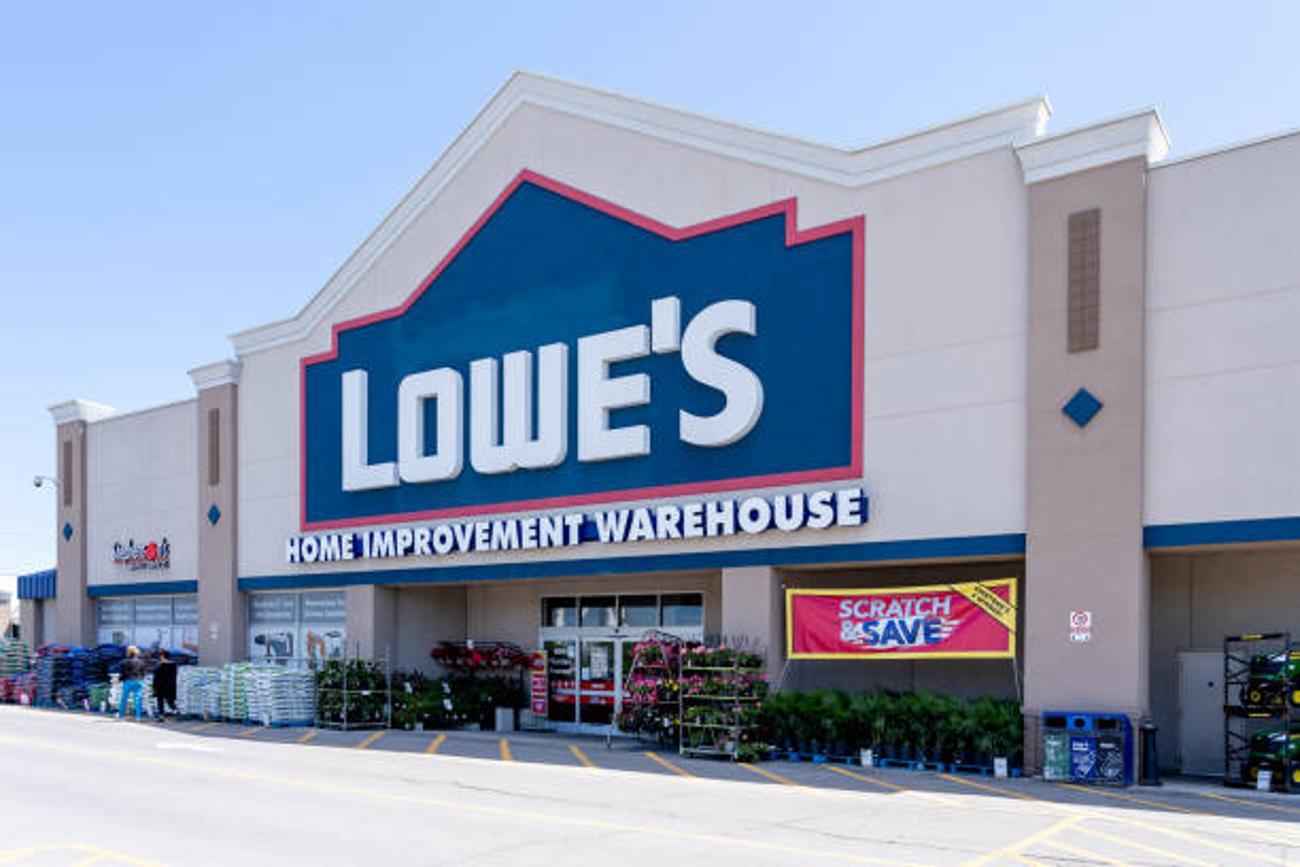
It’s important to note that Lowe’s and Home Depot are both home improvement stores that provide customers with a wide variety of products for all their renovation needs. However, there is one major difference between the two popular companies.
While Home Depot technically has everything that Lowe’s has, Lowe’s doesn’t offer everything Home Depot does. Home Depot has expanded its business to offer professional contractors the products they need, as well as providing the goods that DIY customers need, as Lowe’s does.
Home Depot Spent a Fortune on Expanding Into the Professional Market
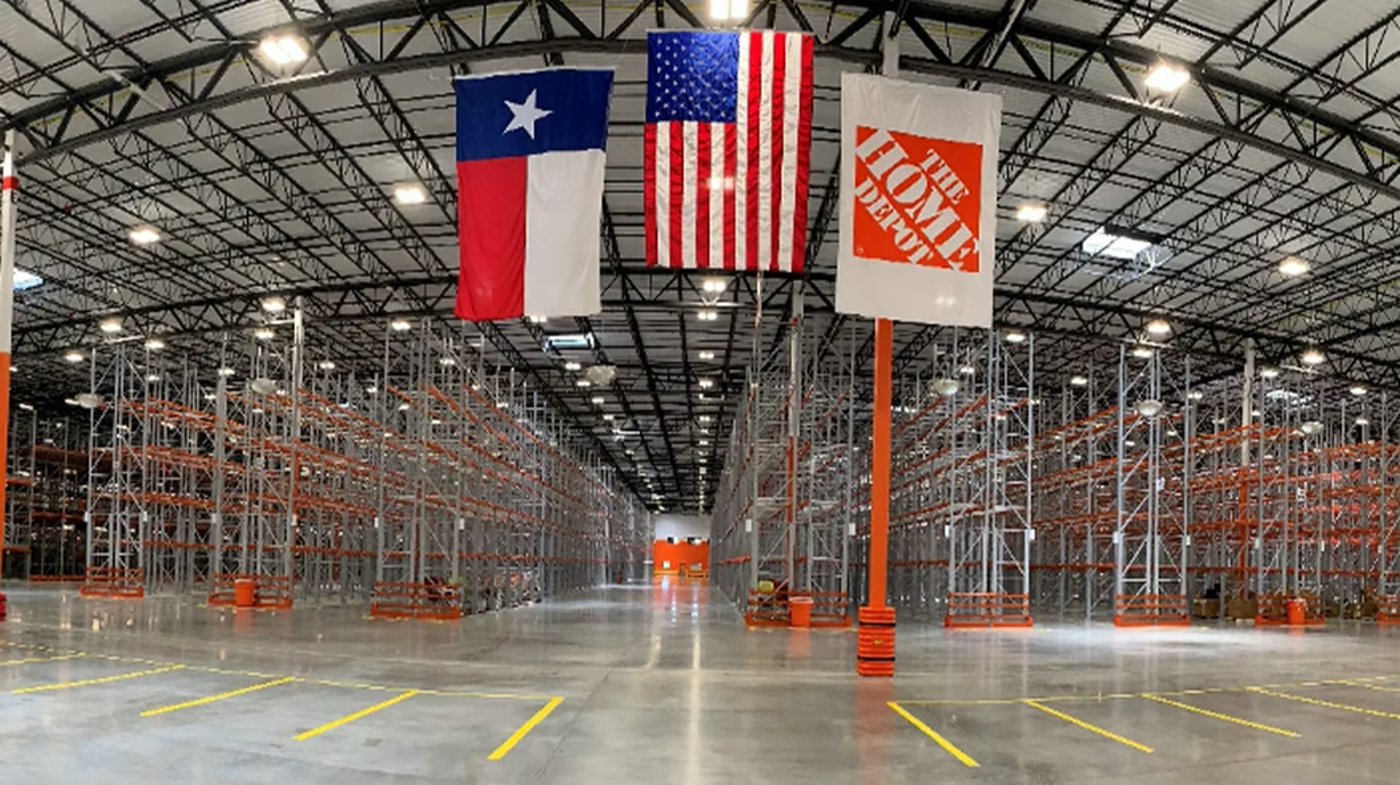
One of the main reasons why Home Depot makes so much more money than Lowe’s is because of its professional division. However, the company has also had to spend a small fortune on that expansion.
In order to offer construction companies the products they needed, Home Depot needed to build or buy large warehouses with space enough for industrial-sized quantities of lumber, insulation, roofing shingles, etc., which was very expensive.
Home Depot Bought a Giant Distribution Company
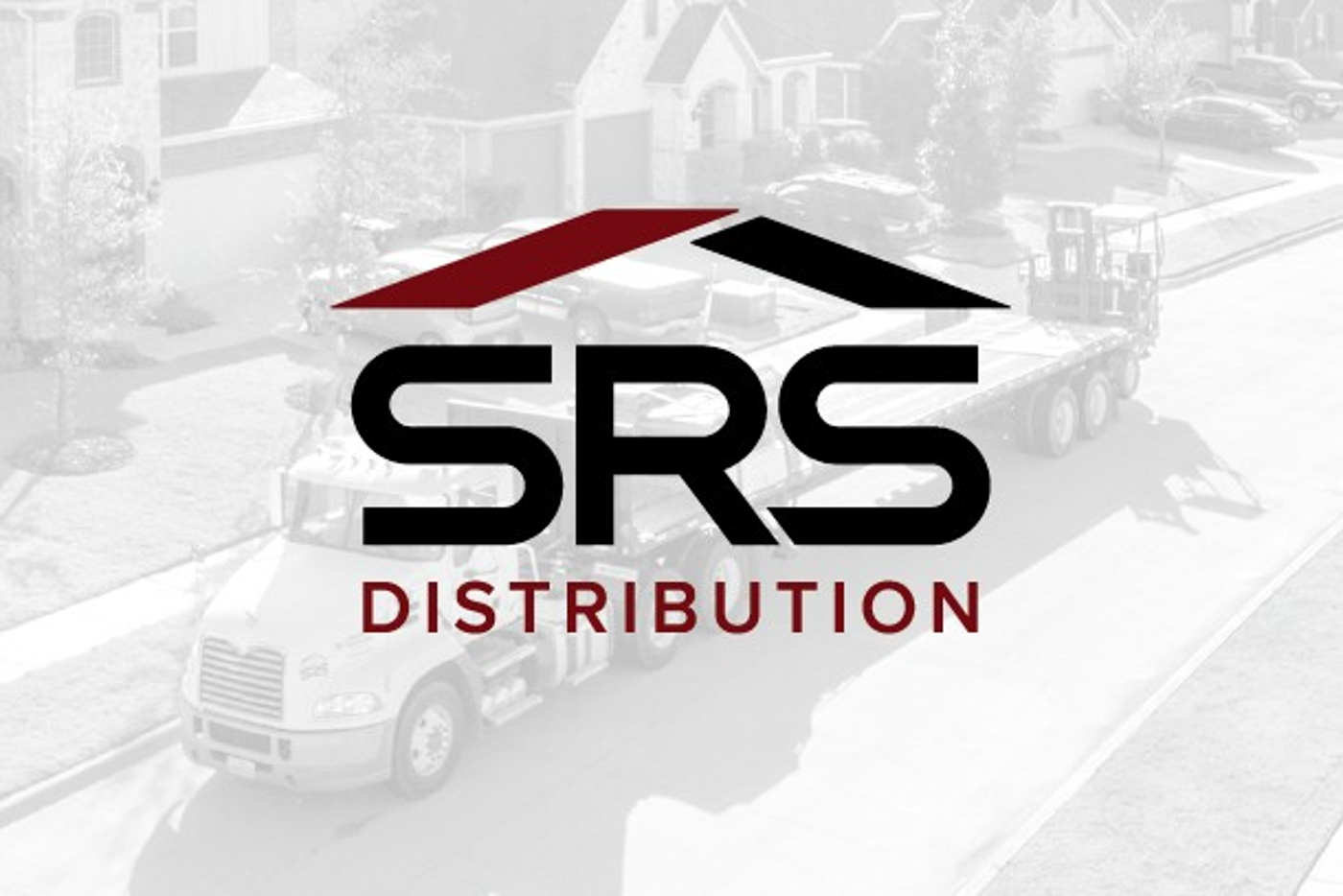
Additionally, Home Depot purchased the giant Texas-based distribution company SRS Distribution for approximately $18.25 billion.
However, Home Depot claims that with this acquisition, the company is now worth approximately $1 trillion, which is $50 billion more than it was worth before.
Both Lowe’s and Home Depot Are Extremely Susceptible to Housing Market Trends
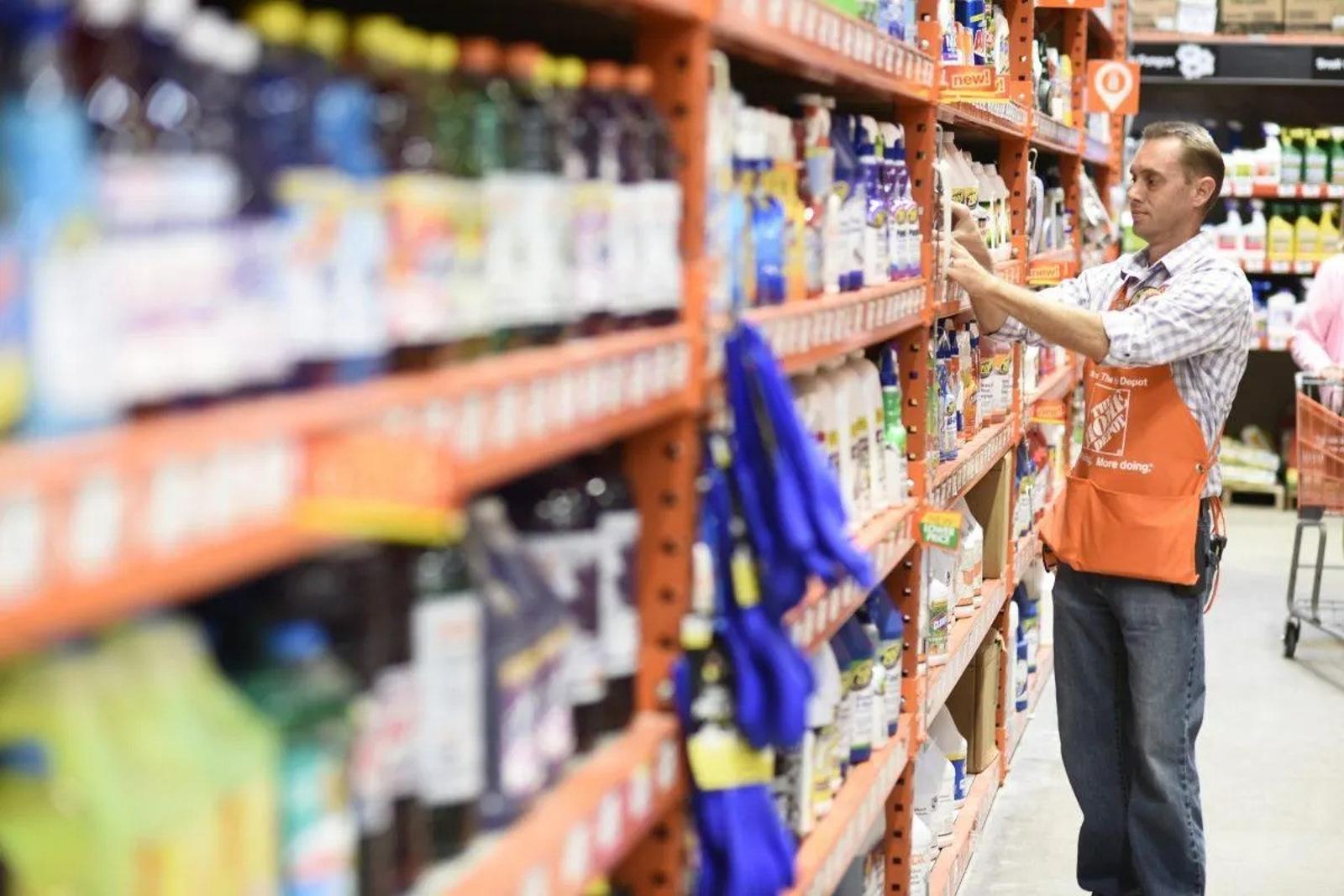
Even though Home Depot’s expansion and its existing work with professional builders make the company billions of dollars, it still needs regular customers to thrive. Therefore, both Lowe’s and Home Depot are extremely susceptible to housing market trends.
Specifically, their sales increase and decrease depending on the current average cost of a home, nationwide mortgage rates, consumer spending, and credit card debt.
The Average American Home Currently Costs $420,800

As of Q2 2024, the average American home costs a whopping $420,800, which is a substantial increase from 2020, when the median price was only $329,000.
This price jump has directly affected sales at Home Depot and Lowe’s, as Americans are now far less likely to spend any real money on home improvement projects. New homeowners simply don’t have the cash to refurbish within the first few years of moving in.
America’s Mortgage and Interest Rates Are Playing a Part in the Recession
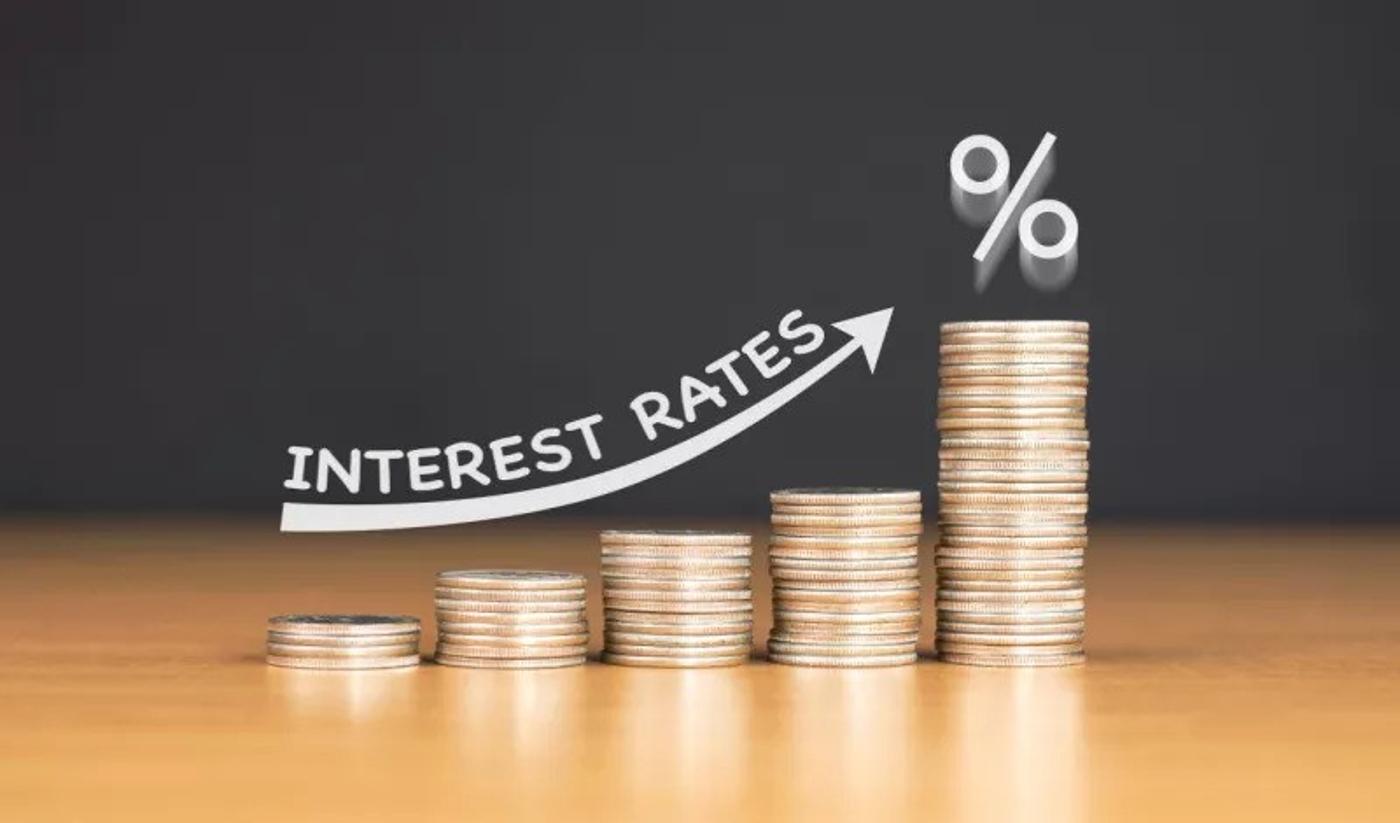
Additionally, the ever-increasing mortgage rates across the country are undoubtedly contributing to the current recession, specifically within the home improvement industry.
The current average mortgage rate is an almost unbelievable 7.08%, compared to just 3.38% in 2020. So many homeowners have been forced to simply live with their homes as they are to ensure they have the money they need to pay their mortgage every month.
America’s Consumer Spending Is Affecting Home Improvement Sales

Of course, home improvement stores are not impervious to standard consumer spending trends either. And at the start of 2024, American spending was at an all-time low.
In February 2024, MarketWatch released a study that showed 40% of Americans were struggling to pay their usual bills. That means that almost half of the American population has been forced to cut back on any spending that might be considered superfluous, which would certainly include unnecessary home improvement projects.
Credit Card Debt Has Increased by 8.5% This Year

The growing cost of living in the US has also directly led to a significant increase in credit card debt. According to a report from the Federal Reserve Bank of New York, the current average balance for Americans is $6,218.
That’s 8.2% higher than it was at this time last year, and while Americans are grappling to save money and pay off their debts, the economy is certainly feeling the effects.
Home Depot and Lowe’s Reported Disappointing Sales to Investors

With these several factors affecting sales at stores like Home Depot and Lowe’s, company executives had to report disappointing profits to their investors this quarter.
Sales at Home Depot only totaled $152.7 billion as opposed to $157.4 billion for this quarter last year. And while that may not seem like a significant decrease, it’s certainly enough to affect the company’s stock price.
Lowe’s and Home Depot’s Stocks Are Falling

Lowe’s reported a 4.1% decrease in sales in the first quarter of 2024; while the company’s total sales were $21.4 billion, for the same quarter in 2023, sales hit $22.3 billion.
Both of these giant corporations saw a significant drop in their stock prices since reporting their Q2 sales. While executives from each one report that they are prepared for lower sales and understand the macro trends causing this deflation, there’s no doubt that investors are concerned.
Home Depot CEO Explained These Numbers Are to Be Expected
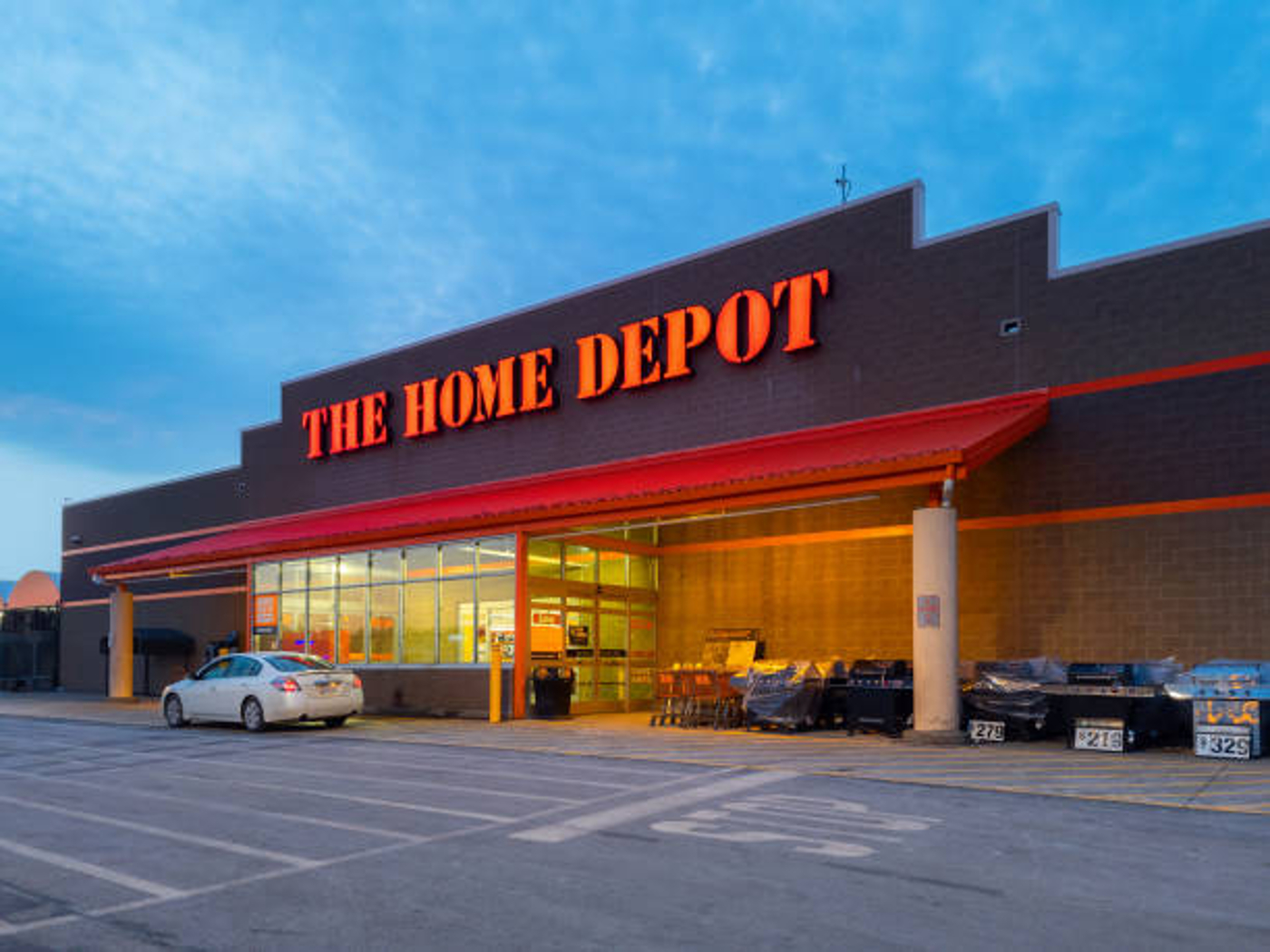
Home Depot’s CEO Edward Decker has spoken out regarding the company’s plummeting sales and stock prices over the past several months.
Decker said he’s not concerned about the numbers, as “It was just six months ago that interest rates hit their peak in October of 2020 mortgage rates… as we’ve seen the rates tick up and the impact of rates ticking up, that’s impacting that demand.”
Home Depot CFO Says They’re Just Waiting for the Tides to Turn

Meanwhile, the Home Depot CFO Richard McPhail said that he and his team are not concerned; they’re simply waiting for the mortgage and interest rates to change, which they inevitably will.
McPhail said in a recent earnings call, “Well, interest rates are going – they’re coming down soon. Our customers tell us, hey, with that in mind, with that on the horizon, we’re just going to wait and so that’s really the most important dynamic from an income perspective.”
Lowe’s CEO Has the Same Mindset
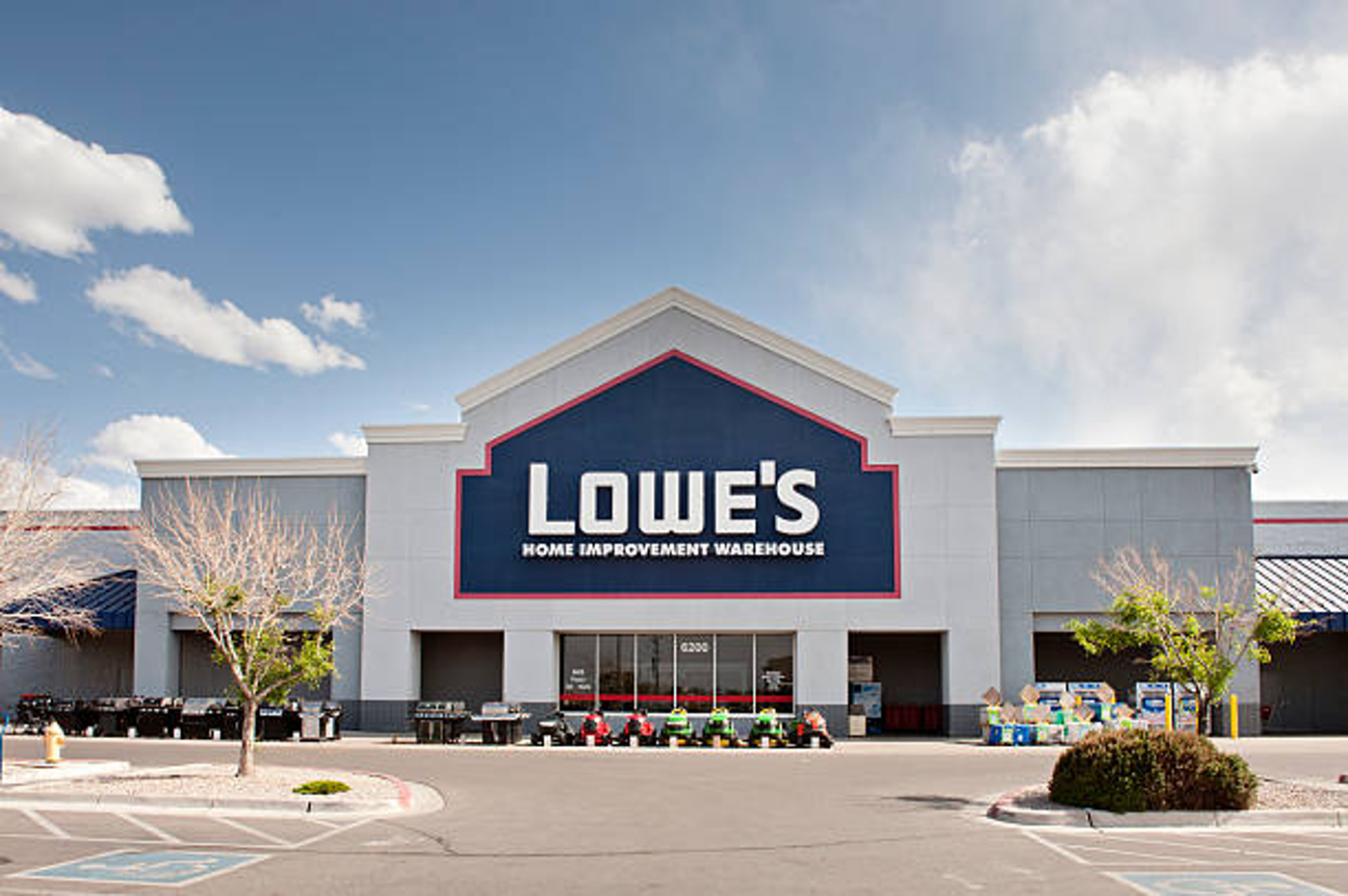
Lowe’s CEO, Marvin Ellison, has also weighed in the company’s falling stock price. He says, like Home Depot’s executives, that slow housing turnover and consumer spending are to blame.
He explained, “When rates come down, that’s going to spur housing turnover and you know what happens when you put the house on the market: You spruce up the paint. You may spruce up the yard. You’ll do different projects around the house to get ready for sale and then when you buy a home, you do the same thing.”
Lowe’s CEO Expects Sales to Improve, But Not Yet

The CEO also noted that while he wholeheartedly believes sales will improve as the rates change, he doesn’t expect that to happen until at least 2025.
Ellison explained, “As we look at 2024, we expect DIY demand to remain under pressure in the near term. But we feel great about the medium- to long-term outlook for our business and candidly for the home improvement industry in general.”
Lowe’s and Home Depot Aren’t Just Waiting Around for Sales to Improve

Although both companies understand that their sales will naturally increase when the rates decrease, they aren’t just sitting around waiting for that to happen.
While Home Depot has decided to invest billions of dollars into distribution centers for professional sales, Lowe’s is taking quite literally the opposite approach. It’s focusing on improving sales within its DIY customer base.
Lowe’s Is Launching a Loyalty Program

In order to draw more attention to its offering and increase customer spending, Lowe’s has recently launched a new loyalty program for shoppers all over the country.
Ellison reported that the new MyLowe’s Reward Card will allow consumers to personalize their account to receive relevant discounts, offer both in-person and online sale prices, and ensure that its customers come back for all their DIY needs.
Stores Like Home Depot and Lowe’s Will Always Recover

McPhail is not wrong – experts agree that the concern is only temporary. Stores like Home Depot and Lowe’s in the home improvement sector will always recover as they provide products that all Americans truly need at some point.
Financial experts say that both Home Depot and Lowe’s are “no-brainer buys” for any investor, big or small, and that now would be a great time to get your hands on as many shares as possible while the stock prices are low.
Americans Will Get Back to Home Improvement Projects as Soon as Possible

Investors in Home Depot and Lowe’s may simply have to wait a few months, or some say years, for their shares to become profitable again.
As the experts explained, as soon as the American housing market levels out, mortgage rates decrease, and Americans feel comfortable spending money again, sales at both companies are likely to skyrocket. As soon as they possibly can, Americans will once again focus their spending on improving their homes, and Lowe’s and Home Depot will be there to help.
When Will the US Housing Market Get Back to Normal?
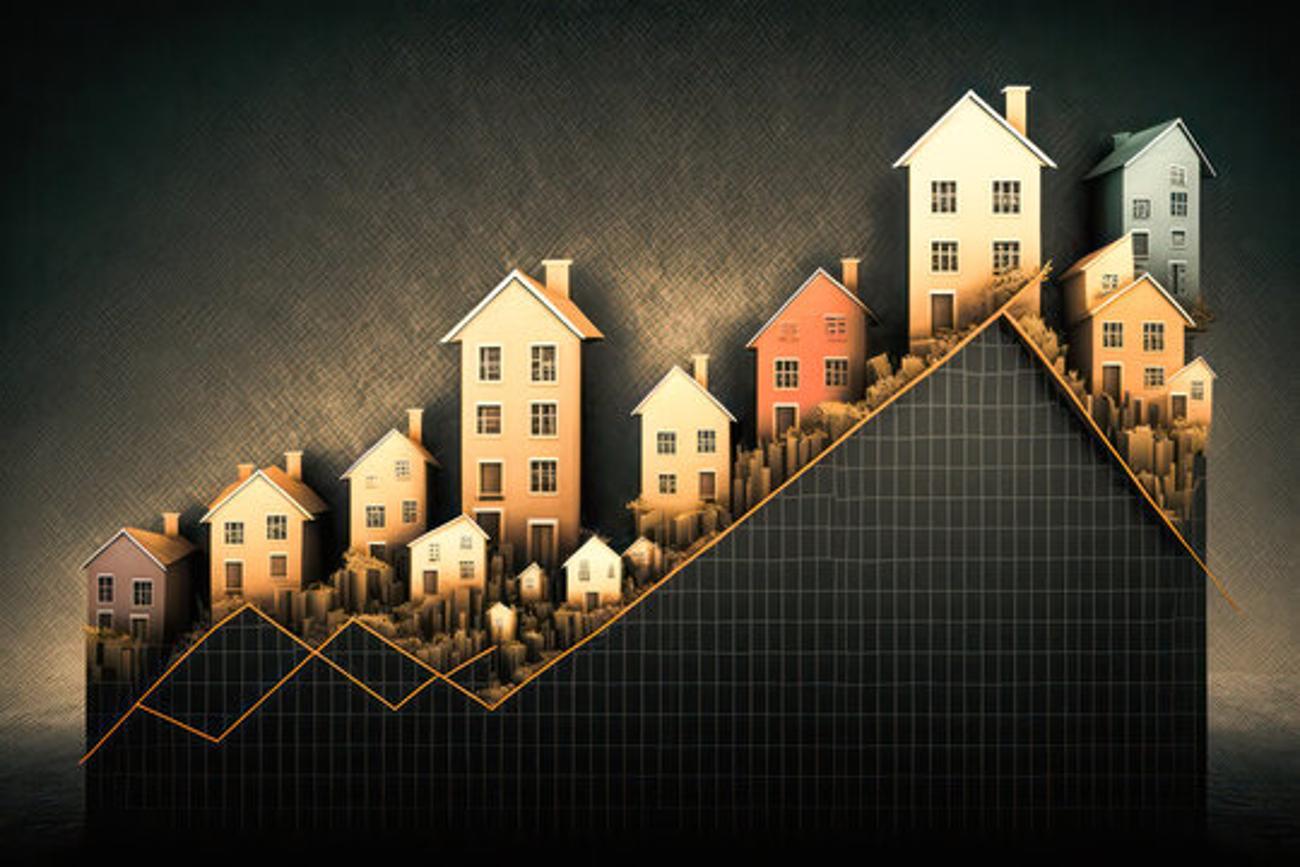
Understanding the economic struggle of home improvement companies like Home Depot and Lowe’s sheds a bigger light on the current reality of the US housing market. And there is no denying it’s quite a mess.
Many are worried that before the market returns to “normal,” it will suffer an incredible crash, but others argue that there won’t be a crash like there was in 2008.
Housing Prices and Mortgage Rates Are Expected to Drop This Year

Whether it’s a dramatic disaster or a slow decline, housing prices and mortgage rates are expected to drop in 2024.
So, hopefully, that means the American economy, its citizens, and of course the home improvement industry will be back on track by this time next year.








































